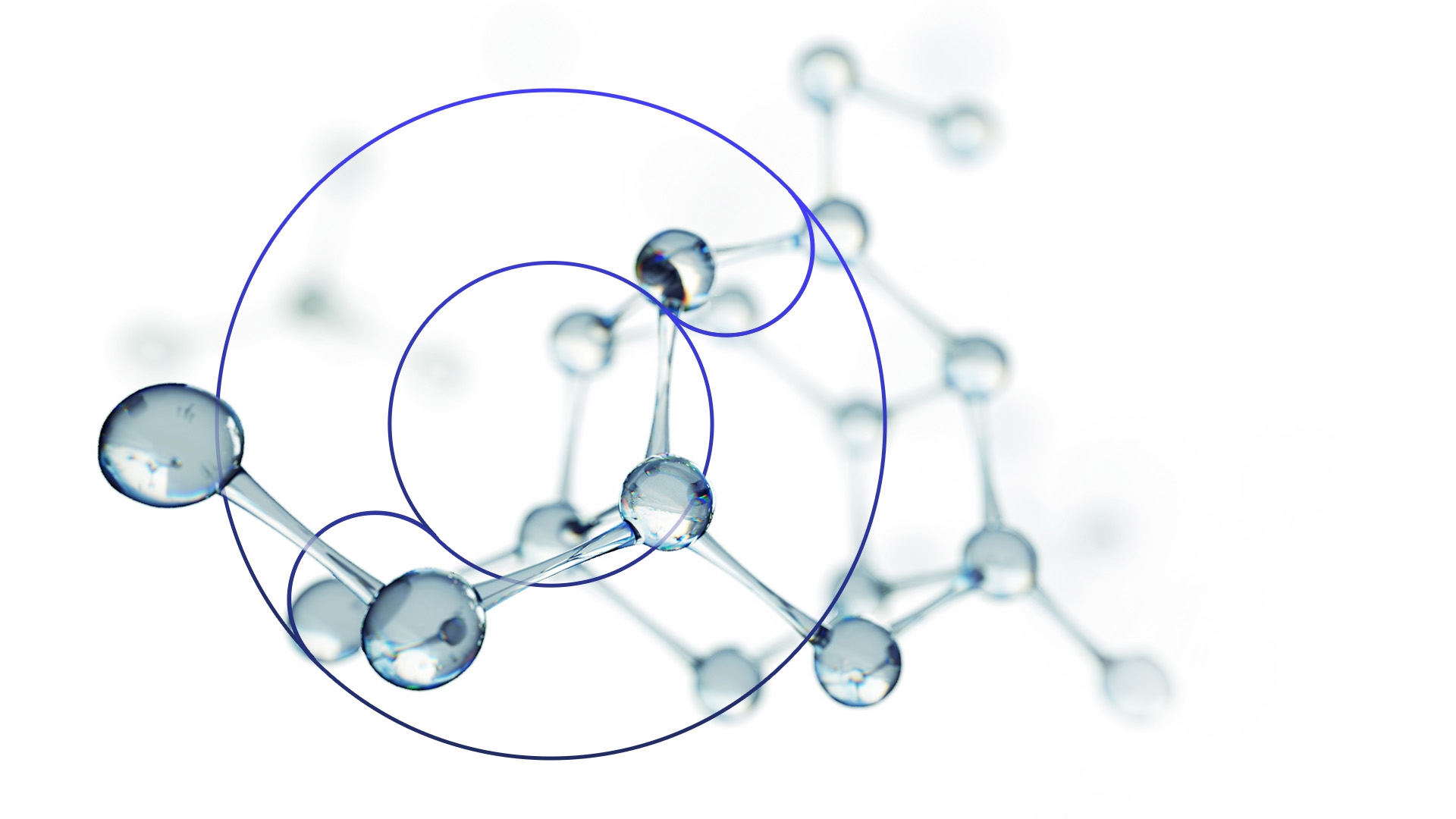
The Central Science: Understanding Why Chemistry Deserves This Unique Moniker
August 19, 2016 - Emily Newton
Revolutionized is reader-supported. When you buy through links on our site, we may earn an affiliate commision. Learn more here.
Everything we interact with on a daily basis involves chemistry. That beautiful blue sky overhead? It’s blue because of chemistry. What you ate for lunch today? That’s thanks to chemistry. Are you breathing right now (hope that’s yes)? You guessed it — chemistry even helps you breathe. Why is Chemistry the central science?
Chemistry is involved in both the natural world and the man-made world. It’s the link between all of the physical sciences (even the confusing ones like physics). Just have a look at everything chemistry plays a part in — both in science and in everyday life — to discover it’s wide-reaching impact.
Chemistry Applies to Every Branch of Science
Biology and Botany
Every living thing is composed of chemical combinations. When sets of chemicals react, they create and transport energy. They can also grow, shrink and divide. These chemical reactions are the science behind the way organisms breathe, respond to stimuli and reproduce. This literally makes chemistry the central science to life itself.
Plants comprise of basic elements and compounds like oxygen, water and various vitamins and nutrients their roots gather in the soil. Plants undergo the process of photosynthesis, which converts water and CO2 into oxygen by way of sunlight. The properties of plants, such as their impact on their environment, is heavily studied.
Geology and Archeology
Even rocks are composed of the tiny building blocks of life: atoms. Chemistry involves studying the atoms within individual molecules to gain a better understanding of structure and function.
Geologists use chemistry to determine the composition of rocks, minerals, and soil. They can figure out how rocks and minerals interact with the environment and with each other. They also use it to determine how geologic temperature and pressure affect rocks and minerals, predicting different reactions and transformations.
Understanding chemistry makes it possible to date artifacts found in archaeological digs. Many artifacts, such as pottery, bones, and textiles, are porous. This means they easily trap molecules, making degradation slower. Chemistry is perfect to apply when preserving and restoring archaeological artifacts.
Medicine and Biochemistry
Balanced chemical reactions are the key to regulating our body’s health. Since everything in our body occurs by way of chemical reactions, an understanding of chemistry is essential to understanding the body.
Certain diseases and illnesses can be easily identified and treated by using chemical compounds. Medicinal drugs we take to mend certain ailments are all created through chemical processes. Most over-the-counter medicines are mixtures of chemicals that prevent bacteria and viruses from entering our body.
Astronomy
Astronomical spectroscopy uses a spectrum to analyze objects in space. To identify those objects, the frequency of light emitted from a celestial object is matched with the periodic table of elements to determine the object’s composition.
Chemistry is also important when studying our solar system. When astronomers study planets, they want to understand its composition and formation. Astronomers also look for traces of water or life. Space probes and rovers sent into the great beyond often carry chemistry labs to analyze planets as humans would if they could be there.
Engineering
Engineering is another field where a solid understanding of atoms is necessary. Every material consists of atoms. The interacting atoms determine the material’s properties.
Chemistry also determines characteristics of the elements often used in engineering, like metals and gasses. Any element’s strength, combustibility, visual qualities, and other properties get coded in its chemical makeup.
Physics
Chemistry and physics have an interesting relationship. They are both studies of matter, but they differ in their approach and scope.
Most Earth-bound phenomena follow some behavior that matches up with basic physical principles. Where chemistry and physics cross paths, though, is the study of atoms. Predictions and explanations for chemical changes relate back to the atomic scale.
Physics both measures properties of matter on the atomic level and extends the reach to larger proportions, such as studying black holes. These days, however, hot topics in physics are those that deal with smaller structures. Physicists can use chemistry to determine how tiny particles — especially those that contain clues to the universe — behave.
The Central Science: Chemistry in Everyday Life
If you’re wondering why something works the way it does, chemistry can provide the answer. It’s all around us — in the foods we eat, in our daily moods and in the products we use. Here are just a few things in which chemistry plays a part:
- Love: When you’re head over heels for someone, certain chemicals are released in your body, affecting the way you act and feel. Brain chemicals like dopamine and serotonin provide that euphoric feeling you have when you spend time with your significant other.
- Smoking: The tobacco in a cigarette is composed of over 60 carcinogenic compounds. These compounds, which include ammonia and carbon monoxide, are all toxic. The addictive alkaloid nicotine is absorbed through your skin, nose, and mouth. It increases dopamine output, giving a false feeling of pleasure. Watch out!
- Gasoline: We all have to drive to work, school, or our friend’s house. The fuel we use to get there is a blend of over 100 hydrocarbons.
- Cooking: You don’t even have to go further than your kitchen to see chemistry in action. When simply put, cooking involves combining ingredients, applying heat or cold and working with them to produce a delicious meal. When you study different cooking methods, you gain an understanding of how different temperatures and conditions result in different flavors and textures.
- Clothing: The shirt on your back is the product of chemical reactions. Different chemical dyes turn the each fabric different colors. Certain materials will also protect you from the cold, keep you cool, or even stretch while you move. That’s all thanks to chemistry.
No matter where you go or what you do, chemistry likely plays a part. So look around and marvel at the central science!
Revolutionized is reader-supported. When you buy through links on our site, we may earn an affiliate commision. Learn more here.
Author
Emily Newton
Emily Newton is a technology and industrial journalist and the Editor in Chief of Revolutionized. She manages the sites publishing schedule, SEO optimization and content strategy. Emily enjoys writing and researching articles about how technology is changing every industry. When she isn't working, Emily enjoys playing video games or curling up with a good book.




